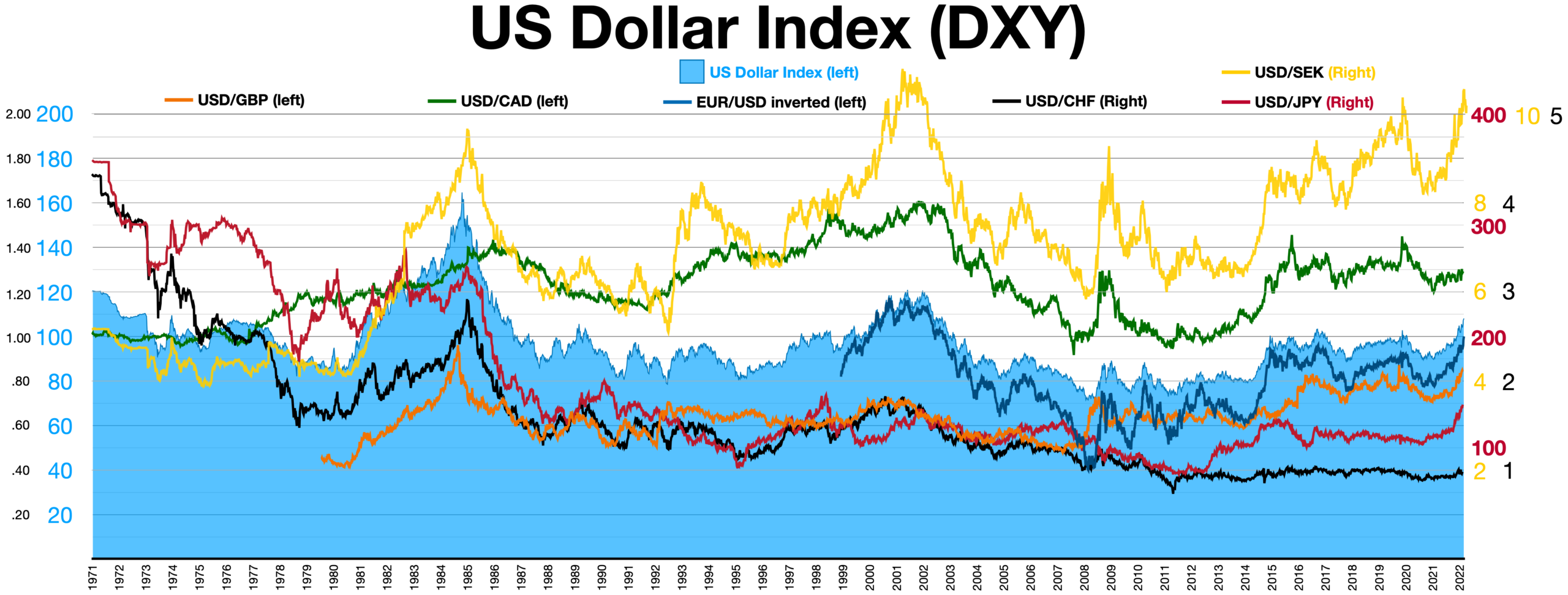Creating a successful TV series involves more than just a good idea. It requires careful planning, collaboration, and a deep understanding of storytelling. This article takes you behind the scenes to explore the essential steps in developing a hit television series.

1. Concept Development
Finding the Idea
The first step in creating a TV series is developing a strong concept. This involves brainstorming unique ideas that can capture an audience’s interest. Consider what themes resonate with viewers today, and think about how your story can stand out in a crowded market.
Defining the Genre
Choosing a genre is crucial. Whether it’s drama, comedy, sci-fi, or reality, the genre influences the tone, style, and audience. Understanding your target demographic will help you tailor your series to meet their preferences.
2. Writing the Pilot
Crafting the Script
The pilot episode serves as a blueprint for the series. A well-written script introduces key characters, sets the tone, and establishes the central conflict. It’s essential to hook viewers from the start, making them eager for more.
Developing Characters
Strong, relatable characters are the heart of any successful series. Create multidimensional characters with distinct personalities, motivations, and arcs. Viewers should be able to connect with them emotionally, making their journeys compelling.
3. Building a Team
Assembling the Right Crew
Creating a TV series requires collaboration among various professionals. Assemble a team that includes writers, directors, producers, and production designers. Each member brings unique skills that contribute to the overall vision of the show.
Hiring Cast Members
Casting the right actors is critical. The cast should embody the characters and bring them to life. Conduct auditions to find individuals who can deliver authentic performances and connect with the audience.
4. Pre-Production
Planning the Shoot
Pre-production involves detailed planning for the series. This stage includes creating a shooting schedule, scouting locations, and finalizing budgets. Proper planning ensures a smoother production process and helps avoid unexpected costs.
Designing the Set
Set design plays a vital role in establishing the series’ visual style. Collaborate with production designers to create environments that enhance storytelling. The set should reflect the series’ mood and themes, immersing viewers in the world you’ve created.
5. Production
Filming the Series
Once pre-production is complete, it’s time to start filming. This phase involves capturing scenes according to the shooting schedule. Directors work closely with actors and crew to ensure that each shot aligns with the vision of the series.
Maintaining Quality Control
Throughout production, it’s important to maintain quality control. Regularly review footage to ensure that it meets the desired standards. Make adjustments as necessary to keep the production on track and true to the original vision.
6. Post-Production
Editing the Footage
After filming, the series moves into post-production. Editors compile and refine the footage, adding transitions, sound effects, and music. This stage shapes the final product, ensuring that it flows smoothly and engages viewers.
Adding Visual Effects
If the series requires visual effects, this is the stage to incorporate them. VFX artists work to create stunning visuals that enhance storytelling, making the show more captivating for the audience.
7. Marketing and Promotion
Building Anticipation
Once the series is complete, it’s time to promote it. Develop a marketing strategy that includes trailers, social media campaigns, and press releases. Building anticipation before the premiere is crucial for attracting viewers.
Engaging with Audiences
Engage with potential viewers through social media and events. Create buzz by sharing behind-the-scenes content, interviews with the cast, and sneak peeks. Building a community around the series helps foster viewer loyalty.
8. Evaluating Success
Gathering Feedback
After the series airs, gather feedback from audiences and critics. Analyze viewership ratings, social media reactions, and reviews to understand what resonated with viewers. This feedback can inform future episodes and seasons.
Planning for the Future
If the series is successful, consider the potential for future seasons. Use the feedback and data gathered to enhance storytelling and character development in subsequent episodes. Planning ahead ensures continued audience engagement and success.
Conclusion
Creating a successful TV series is a complex but rewarding endeavor. From concept development to post-production and marketing, each step plays a crucial role in bringing a story to life. By understanding the behind-the-scenes processes and collaborating effectively, you can increase the chances of your series resonating with audiences and achieving lasting success. Whether you’re a seasoned professional or an aspiring creator, these insights can guide you on your journey to crafting a compelling television series.











